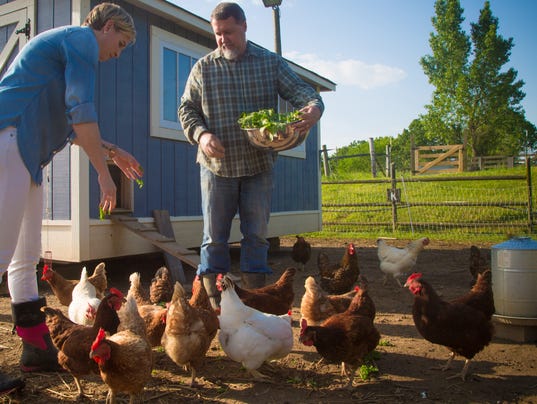
Many climate protection projects require upfront finance and often use forward sales of Emission Reductions, that is, securing sales before the actual issuance of the unit. The aim is to maintain and enhance the carbon stock stored at the landscape level, while improving the sustainable use of resources, people’s livelihoods and the conservation of biodiversity.

Gold Standard is now working towards a genuine landscape approach to climate mitigation and adaptation. When land-use activities were incorporated into compliance schemes around the world, Gold Standard’s Land Use and Forestry programme was introduced to respond to the urgent need for a best practice benchmark in this sector, based upon ten years of ensuring environmental integrity and sustainable development in energy projects. With a growing world population, the demand for productive land continues to increase, causing rapid deforestation and degradation, a decrease in biodiversity and a negative impact on the livelihoods of many of the poorest people on the planet. Indeed, the Paris Agreement underscores the urgent need for carbon sinks like forests to meet the ambition to limit global temperature rise to ‘well below 2☌.’īeyond what’s relevant for climate mitigation, forests contain more than half of the world’s biodiversity and the livelihoods of billions of people depend on the sustainable use of land. The amount of carbon still stored in land-based ecosystems means that the potential contribution of this area to mitigating or increasing the rate of climate change can be significant. Of the emissions generated by humans, around 30% are caused by the unsustainable use of land.

Land use plays an enormous role in the carbon balance of the planet yearly an amount corresponding to 50 times the net emissions caused by humans cumulates through terrestrial ecosystems.


 0 kommentar(er)
0 kommentar(er)
